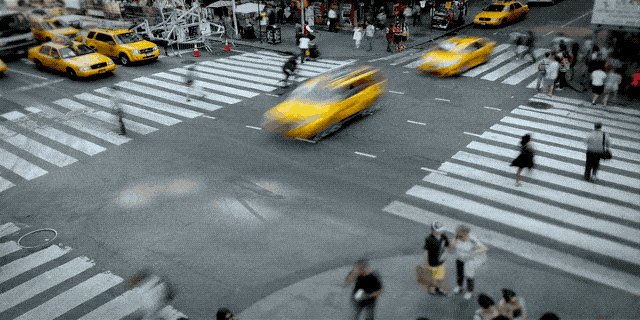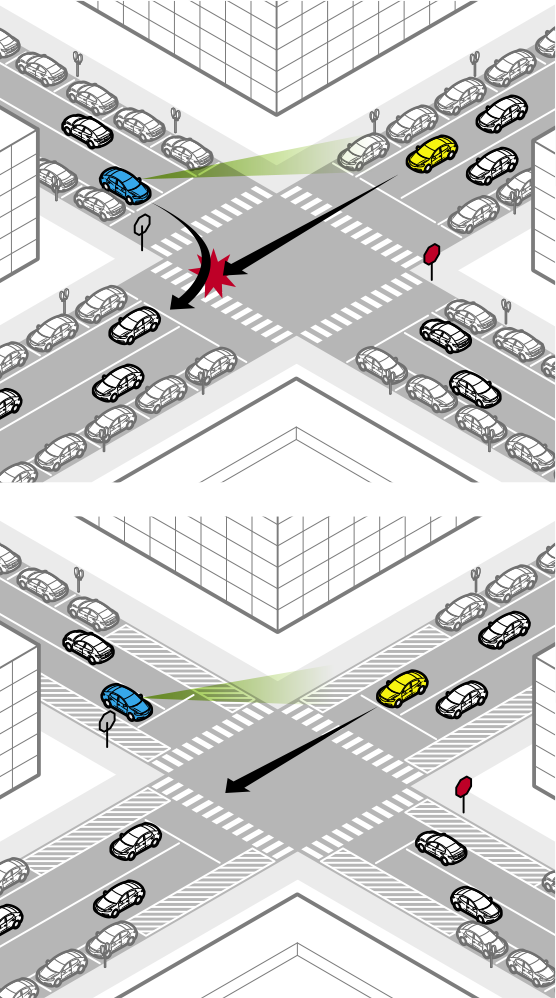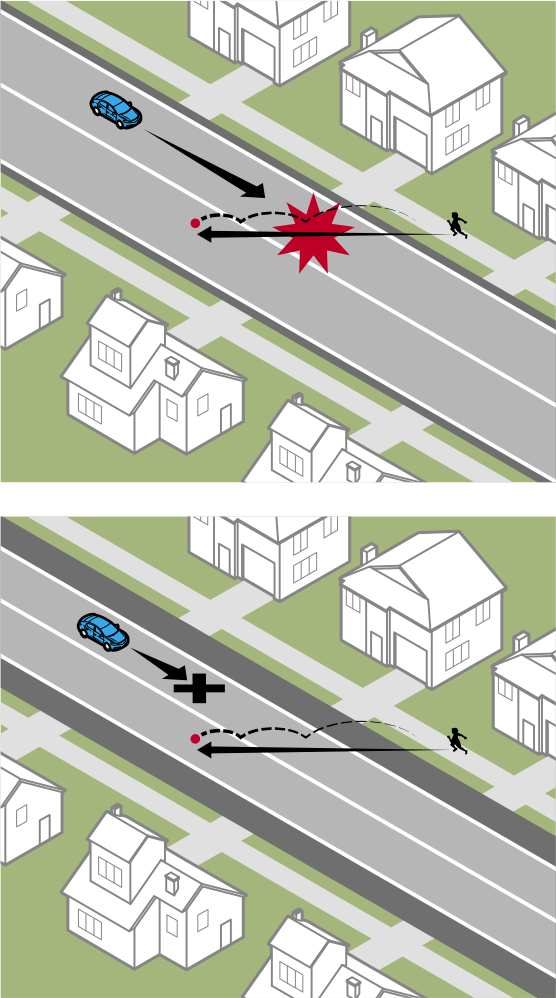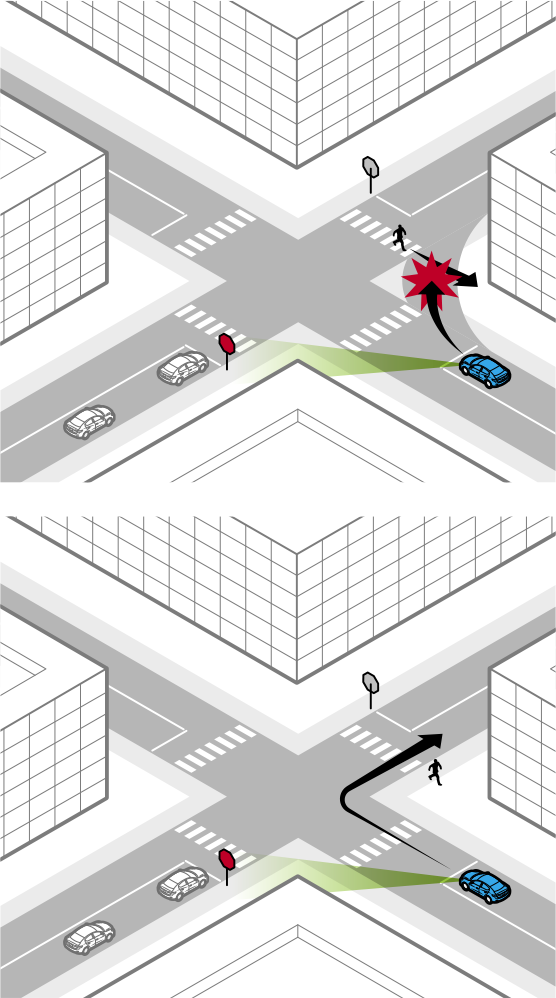Simple Solutions to Make Roads Safer

From the August 2020 issue of Car and Driver.
NHTSA estimates that more than 36,000 people died in car crashes in the U.S. in 2019; that's a death roughly every 15 minutes. The agency also attributes 94 percent of crashes to human error. Some experts believe bad road design may have something to do with that. We spoke with several traffic engineers to find out which common street designs force drivers to take risks that lead to accidents and ways to fix them.

Limited Visibility
The problem: A lightly trafficked street intersects with a busy two-lane. The former has stop signs, but the latter does not, and people have parked their cars close to the intersection at every corner. A driver looking to turn right onto the busy street inches into the intersection, but the parked cars block his view of an oncoming car, leading to an angled crash.
The solution: Restrict people from parking within 25 feet of the corner to improve driver visibility.

Street Width
The problem: A suburban street is lined with single-family homes. The speed limit is 25 mph, but the roadway is wide, so drivers feel comfortable going 35 mph. A child runs out into the road to chase a ball, and a driver is going too fast to stop in time.
The solution: Drivers on wide lanes surrounded by empty sidewalks are inclined to go fast, regardless of the posted speed limit. Reduce the lane width so drivers naturally go slower.

Slip Lanes
The problem: A vehicle on an urban arterial wants to turn right using a gentle slip lane. Meanwhile, a man is crossing the slip lane, where there is a crosswalk but no stop sign or crossing light. The driver, focused on oncoming traffic to her left, doesn't see the pedestrian on her right and hits him.
The solution: Convert the slip lane into a traditional 90-degree right-hand turn or give the slip lane a tighter angle so drivers have to decelerate to use it.
Road-Blocks Ahead
We know how to fix street-design problems like these, but it costs money to update existing infrastructure. Urban planner Don Kostelec says, "If an intersection from 20 years ago is still functioning, few cities will have funds to dump into a geometric reconfiguration." Even cheap solutions, like limiting on-street parking to daylight hours, can be rejected by public officials wary of antagonizing residents.
David Zipper is a visiting fellow at Harvard Kennedy School's Taubman Center for State and Local Government. A former city official in Washington, D.C., and New York City, he has written extensively about urban mobility and technology.
You Might Also Like

 Yahoo News
Yahoo News 
